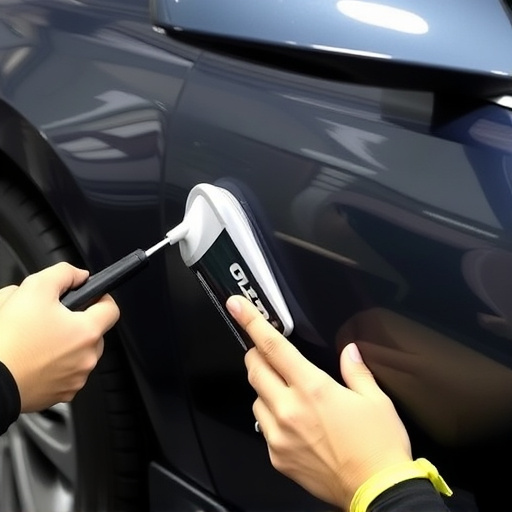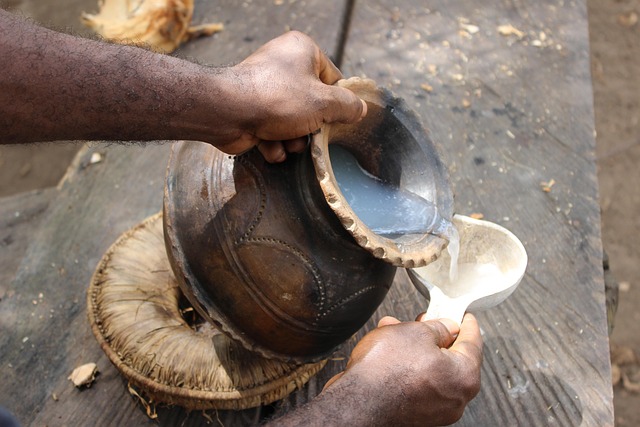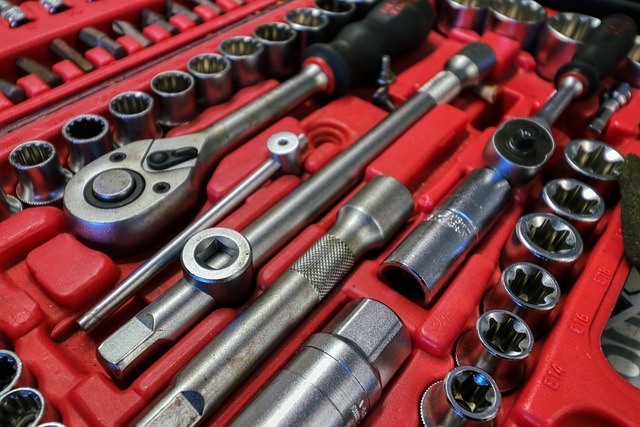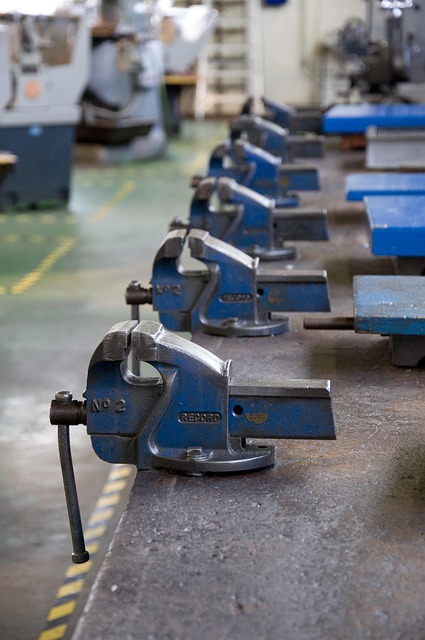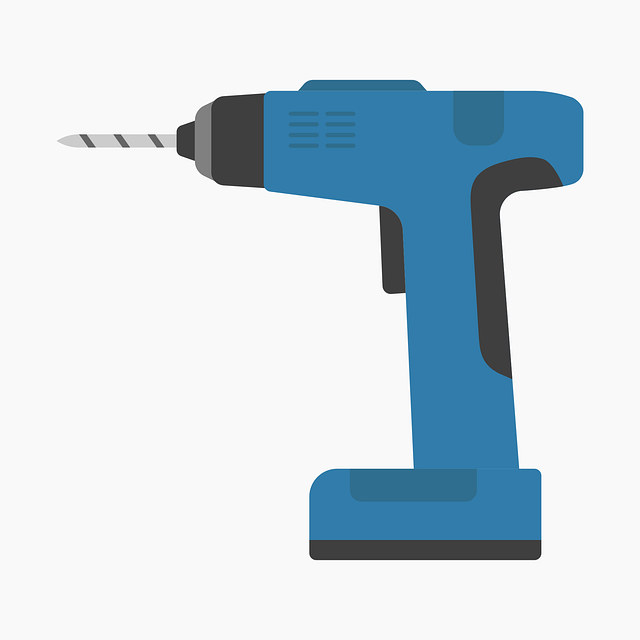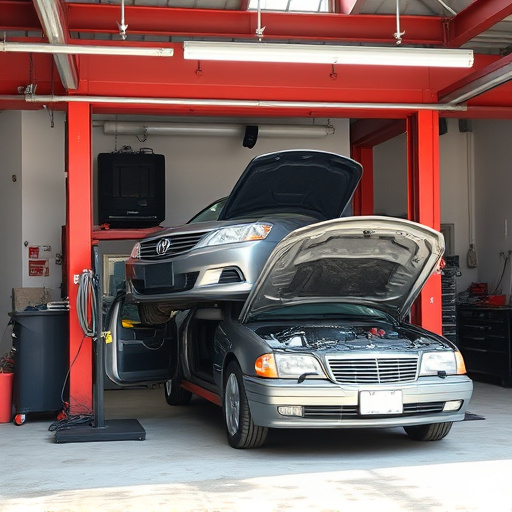Lifetime repair guarantees provide vehicle owners with peace of mind, covering specific repairs like dent removal and painting indefinitely. However, these warranties exclude normal wear and tear, owner neglect, and aftermarket parts not meeting OEM quality standards. Choosing genuine or certified OEM parts ensures continued coverage. Understanding the distinction between OEM and aftermarket parts is crucial for long-term reliability. Consumers should read warranty terms carefully and body shops must use genuine OEM parts and maintain efficient record-keeping to enhance customer satisfaction.
In today’s market, choosing the right auto parts is crucial for vehicle longevity. This article delves into the intricacies of ‘Lifetime Repair Guarantees’, a game-changer in the automotive industry. We explore what these guarantees cover and exclude, focusing on OEM versus aftermarket parts.
Understanding these nuances enables informed decisions, ensuring consumers and businesses maximize their warranty benefits. By the end, you’ll be equipped to navigate this landscape, prioritizing quality and reliability for peace of mind on the road.
- Understanding Lifetime Repair Guarantees: What They Cover and Exclusions
- OEM vs Aftermarket Parts: Quality, Reliability, and Warranty Considerations
- Strategies for Maximizing Your Coverage: Tips for Consumers and Businesses
Understanding Lifetime Repair Guarantees: What They Cover and Exclusions

Lifetime repair guarantees are a popular offering from many collision repair centers and auto bodywork shops. These warranties promise to cover repairs for as long as the customer owns their vehicle, providing peace of mind that their investment in auto repair will be protected. However, understanding what these guarantees encompass is essential. Typically, they include coverage for parts and labor required for specific repairs or maintenance tasks. For example, a lifetime repair guarantee on a vehicle dent repair might cover removal of the dent and any related painting or coating work indefinitely.
Exclusions vary widely but often include normal wear and tear, damage caused by accidents not covered under insurance, neglect or improper care by the owner, and issues that arise from using aftermarket parts instead of OEM (original equipment manufacturer) components. It’s crucial for customers to review these exclusions carefully as they can impact their warranty benefits. Aftermarket parts, while often more affordable, might not be included in a lifetime repair guarantee since they don’t match the quality standards set by OEM manufacturers. Therefore, choosing genuine or certified parts when available ensures that repairs remain covered under such warranties.
OEM vs Aftermarket Parts: Quality, Reliability, and Warranty Considerations
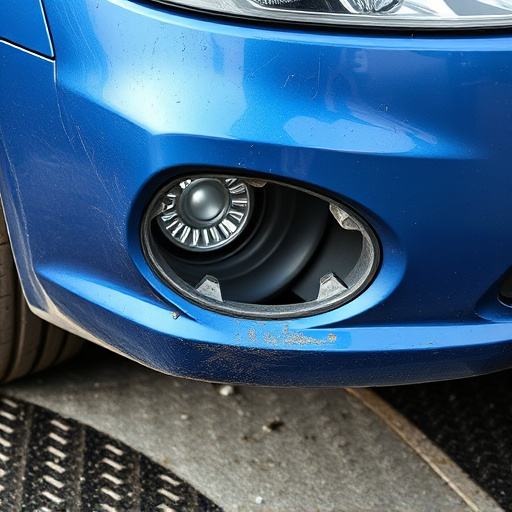
When it comes to vehicle maintenance and repairs, understanding the distinction between Original Equipment Manufacturer (OEM) parts and Aftermarket parts is essential. OEM parts are directly produced by the vehicle manufacturer and designed specifically for a particular make and model, ensuring an exact fit and optimal performance. These parts often come with a standard warranty from the manufacturer, providing peace of mind to consumers. On the other hand, aftermarket parts are manufactured by third-party suppliers, offering more variety in terms of price and style but potentially sacrificing precision fitting. While they can be a cost-effective solution for simple repairs like dent removal or auto body work, their quality and reliability may vary.
When considering a lifetime repair guarantee, OEM parts typically stand out due to their superior craftsmanship and the manufacturer’s commitment to ensuring customer satisfaction. These guarantees assure vehicle owners that any issues arising from defective parts will be rectified without incurring additional costs. In contrast, aftermarket parts may offer limited warranties or none at all, leaving consumers more vulnerable in case of unforeseen problems with their auto body repair or other services. Therefore, when prioritizing long-term reliability and peace of mind, choosing OEM parts backed by a robust lifetime repair guarantee is often the preferable option for extensive auto body work and repairs.
Strategies for Maximizing Your Coverage: Tips for Consumers and Businesses
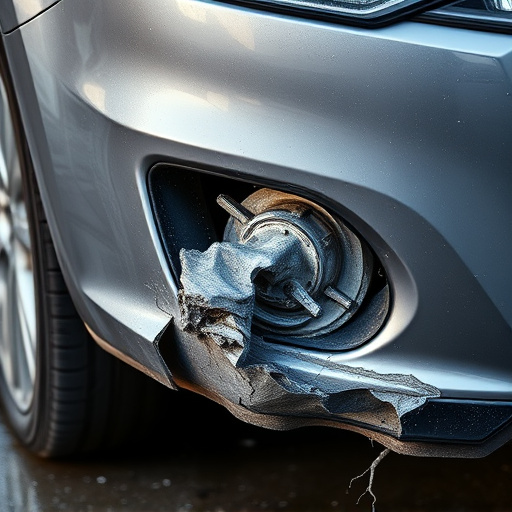
To maximize the benefits of a lifetime repair guarantee, both consumers and businesses should adopt strategic practices. For individuals, understanding the terms and conditions is paramount. Read through the warranty documents to comprehend what constitutes a covered repair and any potential exclusions or limitations. Regular maintenance checks can also help extend the validity period by preventing minor issues from becoming major repairs.
For automotive body shops offering lifetime guarantees, transparent communication with customers is key. Clearly explain the scope of the guarantee during the estimation process to set realistic expectations. Quality assurance should be a top priority; using genuine OEM parts or their equivalent ensures the longevity and reliability of the repairs. Efficient record-keeping allows businesses to track warranty claims and identify potential patterns or issues, thereby enhancing customer satisfaction and service quality.
When choosing between OEM and aftermarket parts, understanding the inclusivity of a lifetime repair guarantee can significantly impact your decision. While both options offer warranty coverage, OEM parts tend to provide broader protection due to their direct association with vehicle manufacturers. For consumers and businesses alike, prioritizing high-quality components and utilizing strategic tips for maximizing coverage can ensure optimal peace of mind. Remember, a comprehensive lifetime repair guarantee is an investment in the longevity and reliability of your vehicles.

